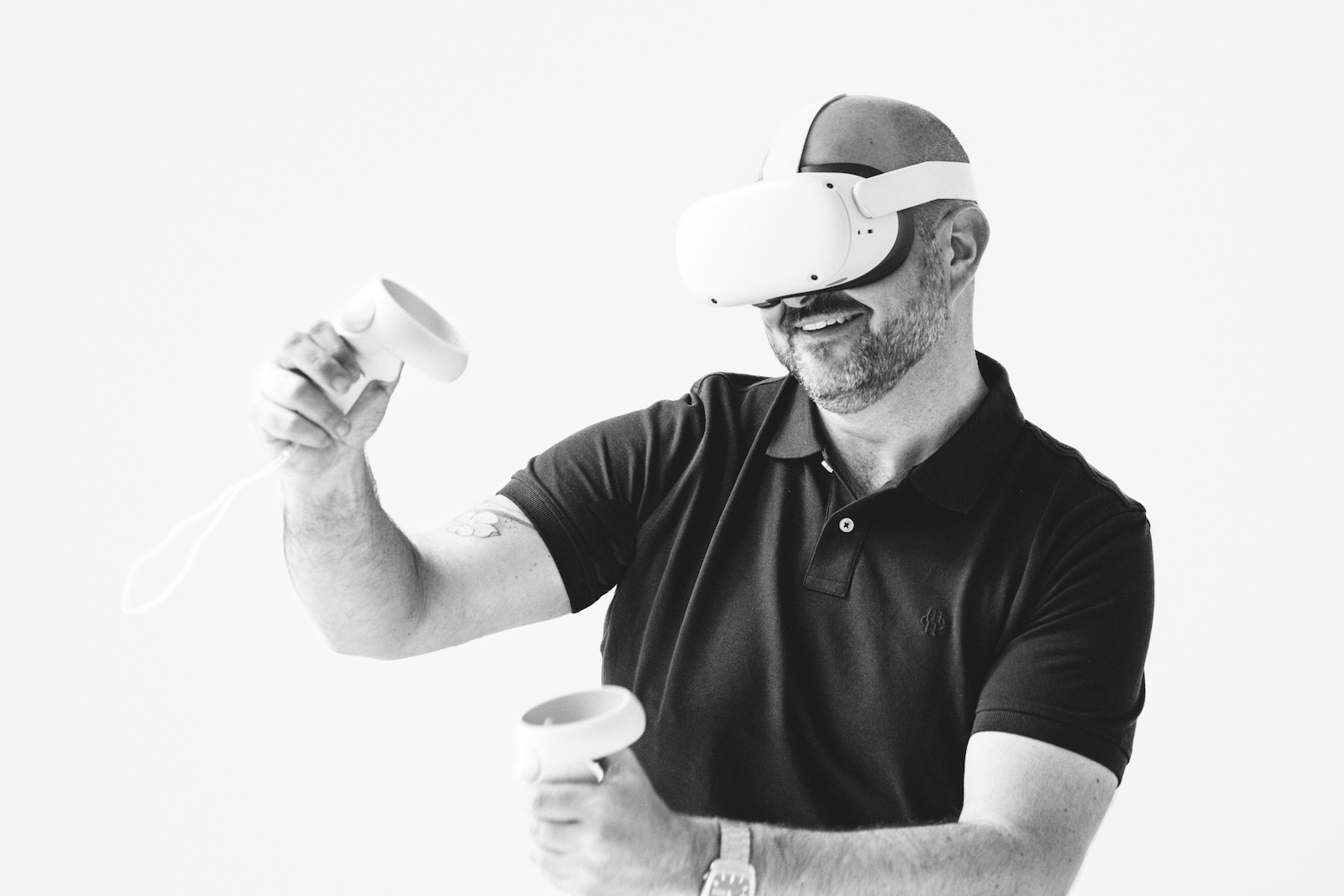
Don’t Believe the Hype: The Metaverse Is Not Dead
What a difference a year makes! Early on, multiple outlets labeled 2023 the year of artificial intelligence (AI). Company valuations skyrocketed and basic use cases for generative AI were easily grasped by anyone with a connection to the internet. Typing a few words into a prompt created text, graphics, or music. Conversely, the metaverse faded into the background. A recent study indicated that search queries for the metaverse dropped 71% over the past year. Humorously, there are still articles being written trying to define and explain the metaverse. Skeptics claim global expectations in 2022 for the metaverse were premature.
The metaverse may feel like a nebulous concept, but, at its core, it relies on increased connectivity and interoperability. The form it takes may be a blend of virtual or augmented reality, but many users will first encounter it on their desktops, perhaps in an immersive world or game like Minecraft or Second Life. For a term that was pitched as meaning all things to all people, it is no wonder the metaverse was met with a certain level of resistance or disappointment. Promotional videos for this concept may have erred by framing a vision for the future as an experience available today.
Realizing the potential of interactive experiences, companies are making investments to bring television favorites to augmented reality. Legoland owner Merlin Entertainment is experimenting with this approach, signing licensing agreements for use at a few sites before rolling it out to over 140 of their theme parks starting next year. Adults may have longer attention spans than children, but they still want a seamlessly immersive experience that blurs the distinction between reality and the metaverse. Government agencies and Fortune 500 companies are eager to find virtual, cost-effective ways to train their distributed employees, and startups are eager to meet this demand. One company addressing the need for workforce training simulations, Transfr, dramatically scaled its US operations over three years, now servicing more than 40 states and 1,000 locations.
Mainstream adoption of these technologies relies on users wanting to experience the metaverse on a daily if not hourly, basis. Improvements to these products are incremental and rely on consistent innovation—literally creating new technology, such as the improved lenses or inclusion of sensors in VR headsets. Developing an ecosystem of developers to create novel experiences further drives adoption. However, innovation takes time and does not fit neatly into a calendar year.
Last year, economic expectations for the metaverse were frequently cited as a sure bet. Businesses raced to build up their metaverse presence. One study had originally estimated the metaverse “could contribute $3 trillion to global GDP in 2031.” Many of these products have progressed past the stage of early adopters and are being purchased by gamers and curious mainstream consumers. Artificial intelligence, rather than being the technology to sunset the metaverse, has been cited as a means of supercharging its development.
Instead of an overnight sensation, the metaverse will require constant iteration and experimentation. Perhaps there will be a moment akin to the launch of the iPhone in 2007: a product may come along and change how we think about the metaverse, and we’ll be hard-pressed to imagine how we ever lived without it.
RELATED ARTICLES



